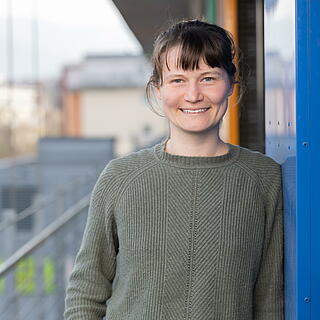Textile recycling - status quo and current developments
More information about the project
Status of project
Project is ongoing
Project manager
Project staff
Funded by
Nature And Biodiversity Conservation Union (NABU)


